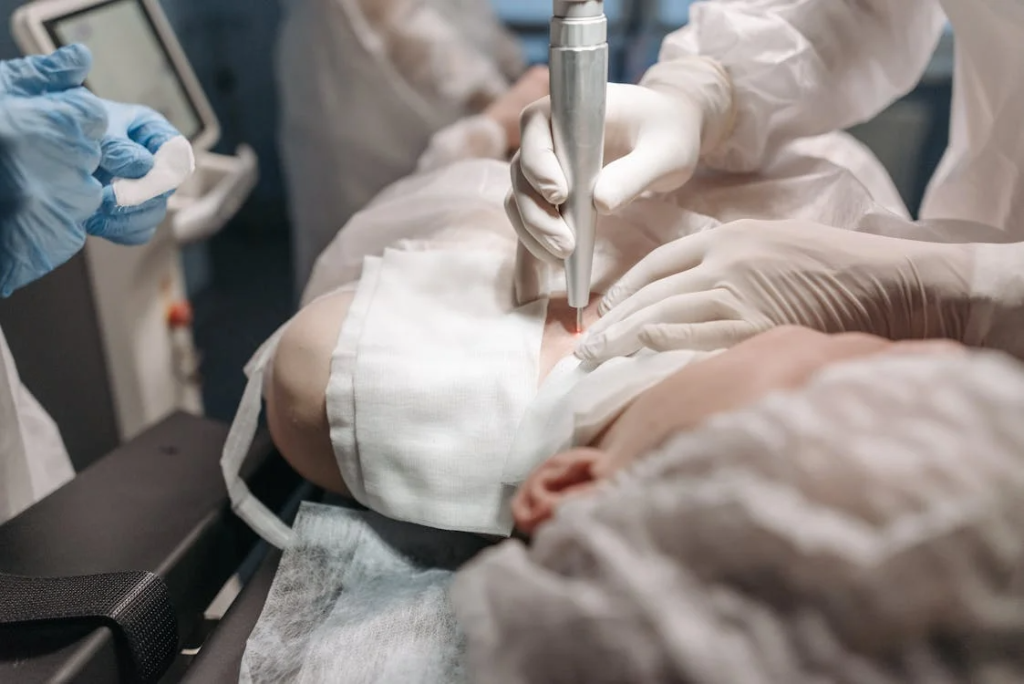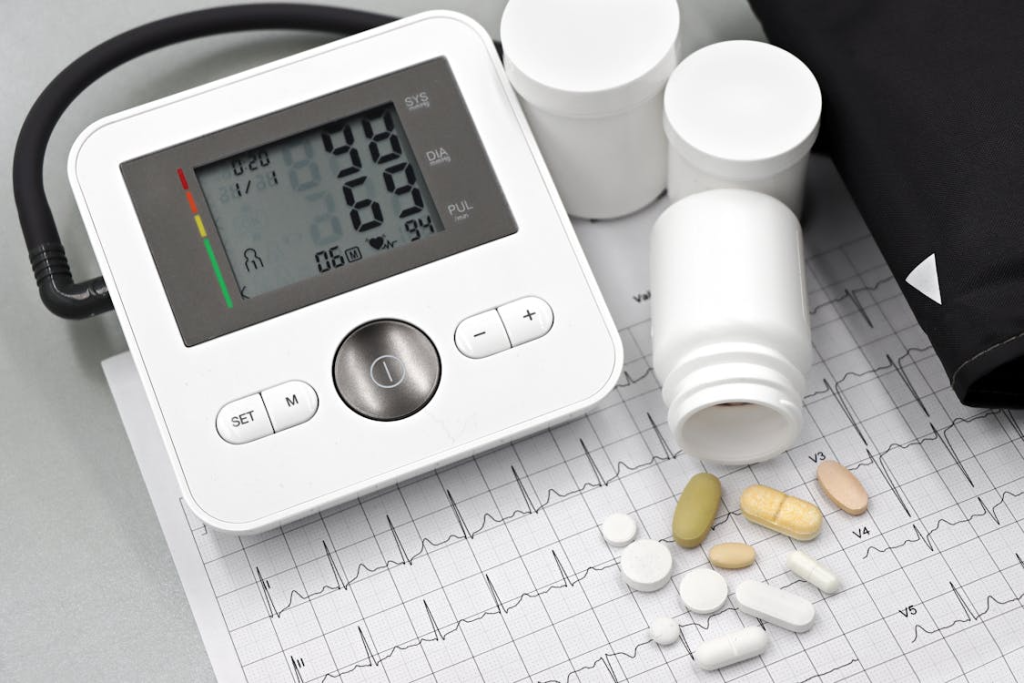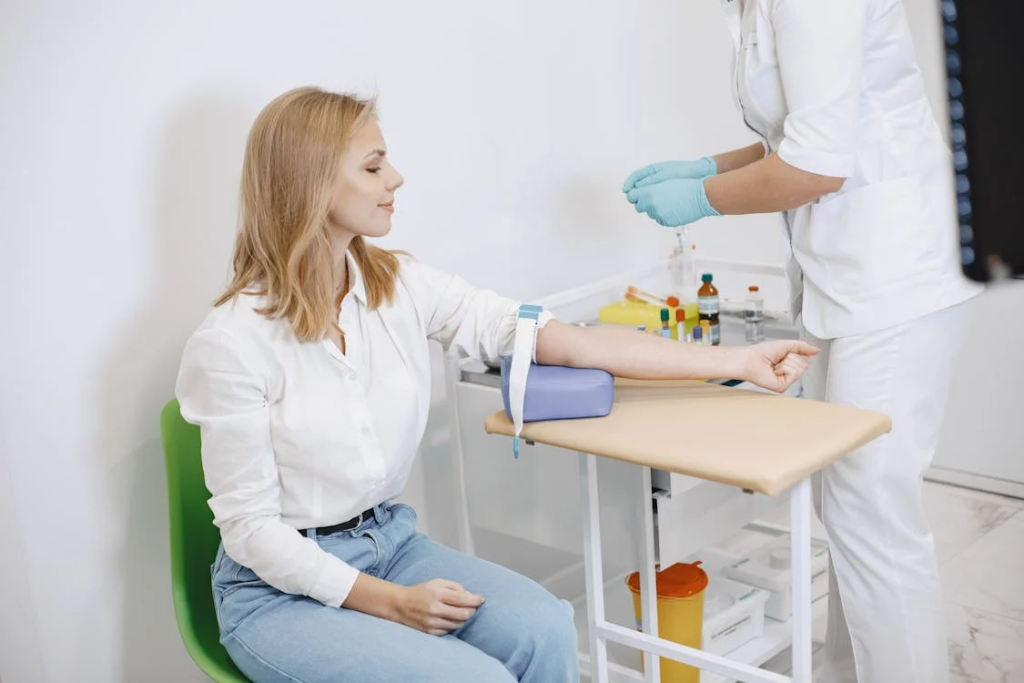Deep vein thrombosis (DVT) affects nearly 900,000 Americans annually, making it a significant health threat. This condition occurs when blood clots form in deep veins, typically in the legs. DVT can trigger life-threatening complications like pulmonary embolism if clots travel to the lungs. Understanding the surprising risk factors helps people recognize their vulnerability and take preventive action.
Athletes

Endurance athletes, according to researchers, are at a higher risk of DVT. Marathon runners and triathletes are more likely to become dehydrated or sustain sports-related injuries that increase clotting potential. Long-distance travel to competitions compounds these risks through lack of mobility over long periods of time. Athletes often mistake DVT symptoms for typical sports injuries, which delays getting crucial medical attention.
Inflammatory Bowel Disease

Crohn’s disease, ulcerative colitis, and irritable bowel syndrome could potentially double or triple DVT risks. The chronic inflammation characteristic of these conditions directly promotes blood clot formation throughout the body. IBD patients also experience dehydration frequently, which concentrates blood and encourages clotting.
Research demonstrates that IBD patients undergoing surgery face even greater DVT risks than other surgical patients. The combination of underlying inflammatory processes and surgical trauma creates an extremely high-risk scenario. These patients require enhanced prophylactic measures to prevent life-threatening complications.
Surgery

Major operations involving the abdomen, pelvis, hips, or legs directly expose large veins to trauma during the procedure. This vascular trauma triggers the body’s natural clotting response to prevent excessive bleeding. Extended surgical times allow blood to pool and settle, which increases the risk of DVT.
Post-operative bed rest adds to surgical DVT risks by slowing blood circulation due to patients’ immobility after a procedure. Remaining immobile for days or weeks allows blood to stagnate, increasing DVT risks. Anesthesia and surgical positioning further compromise normal blood flow patterns during operations. The combination of tissue damage, immobility, and altered circulation creates a high-risk environment.
Read More: 7 Kinds of Pain That Shouldn’t Be Ignored
Pregnancy

Pregnancy creates a natural hypercoagulable state that increases DVT risk 5-10 times. This shift toward altered blood clotting likely evolved to prevent excessive bleeding during delivery. The growing baby puts pressure on pelvic and leg veins, impeding circulation. However, these protective changes also increase the likelihood of excessive clot formation.
DVT occurs in approximately 2 out of every 1,000 pregnancies, with risks persisting postpartum. The six weeks following delivery represent a particularly vulnerable period for new mothers. Risk factors include maternal age over 35, obesity, having twins, and family history of clots. Preventive measures include compression stockings, early mobilization, and sometimes prophylactic anticoagulation therapy.
Smoking

Cigarette smoking harms the heart and blood vessels, slightly increasing DVT risk. Any amount of smoking, including occasional use, damages heart and blood vessels which promotes clot formation. Tobacco use affects blood viscosity, making it more likely to form dangerous clots. The chemicals in cigarettes also damage the inner lining of blood vessels. Former smokers retain elevated DVT risks for extended periods after quitting tobacco use. However, stopping smoking eventually provides significant long-term benefits for heart health and clotting risk reduction.
Lack of Vitamin D

Low vitamin D levels correlate strongly with increased DVT risk in multiple research studies. Patients with DVT consistently show lower vitamin D concentrations compared to healthy control groups. One study found that people with unexplained DVT had significantly lower vitamin D levels.
Adults require 600 to 800 international units (IU) of vitamin D daily. Natural sources include fatty fish like salmon and tuna, egg yolks, and fortified dairy products. Moderate sun exposure of 30 minutes twice weekly can also boost vitamin D production. Simple blood tests can determine individual vitamin D status.
Read More: 7 Exercises to Help Prevent Spider and Varicose Veins
Obesity

Excess body weight significantly increases DVT risk. Body mass index over 25 doubles the likelihood of developing deep vein thrombosis. Extra weight creates increased pressure on pelvic and leg veins, impeding normal blood flow. This mechanical compression allows blood to pool and potentially form dangerous clots. Obese individuals often have concurrent conditions like diabetes and hypertension that further increase risks. Weight loss through diet and exercise provides the most effective long-term DVT risk reduction.
Early Recognition Saves Lives Through Prompt Treatment

DVT symptoms can be subtle or completely absent, making early recognition challenging. Common signs include leg swelling, pain resembling muscle cramps, skin warmth, and discoloration. However, up to 30% of DVT cases produce no noticeable symptoms initially. The condition becomes life-threatening when clots break free and travel to the lungs.
Pulmonary embolism symptoms require immediate emergency medical attention and can include sudden shortness of breath. Chest pain that worsens with deep breathing, rapid heartbeat, and coughing up blood indicate potential PE. These symptoms can mimic heart attacks or pneumonia, making accurate diagnosis crucial. Emergency treatment with clot-dissolving medications can be life-saving when administered promptly.
Treatment

Treatment typically involves anticoagulant medications taken for 3 to 6 months or longer. Blood thinners prevent existing clots from growing while allowing natural dissolution processes to occur. Compression stockings help prevent post-thrombotic syndrome and reduce leg swelling. Regular follow-up care ensures proper medication dosing and monitors for complications or recurrence.
Conclusion

DVT remains a serious but largely preventable condition affecting many people around the globe yearly. Understanding hidden risk factors like vitamin D deficiency, inflammatory bowel disease, and athletics allows practitioners to create better prevention strategies. Early recognition of symptoms and prompt medical treatment can prevent life-threatening complications. Simple lifestyle modifications significantly reduce DVT risk for most people.
Disclaimer: This information is not intended to be a substitute for professional medical advice, diagnosis or treatment and is for information only. Always seek the advice of your physician or another qualified health provider with any questions about your medical condition and/or current medication. Do not disregard professional medical advice or delay seeking advice or treatment because of something you have read here.

